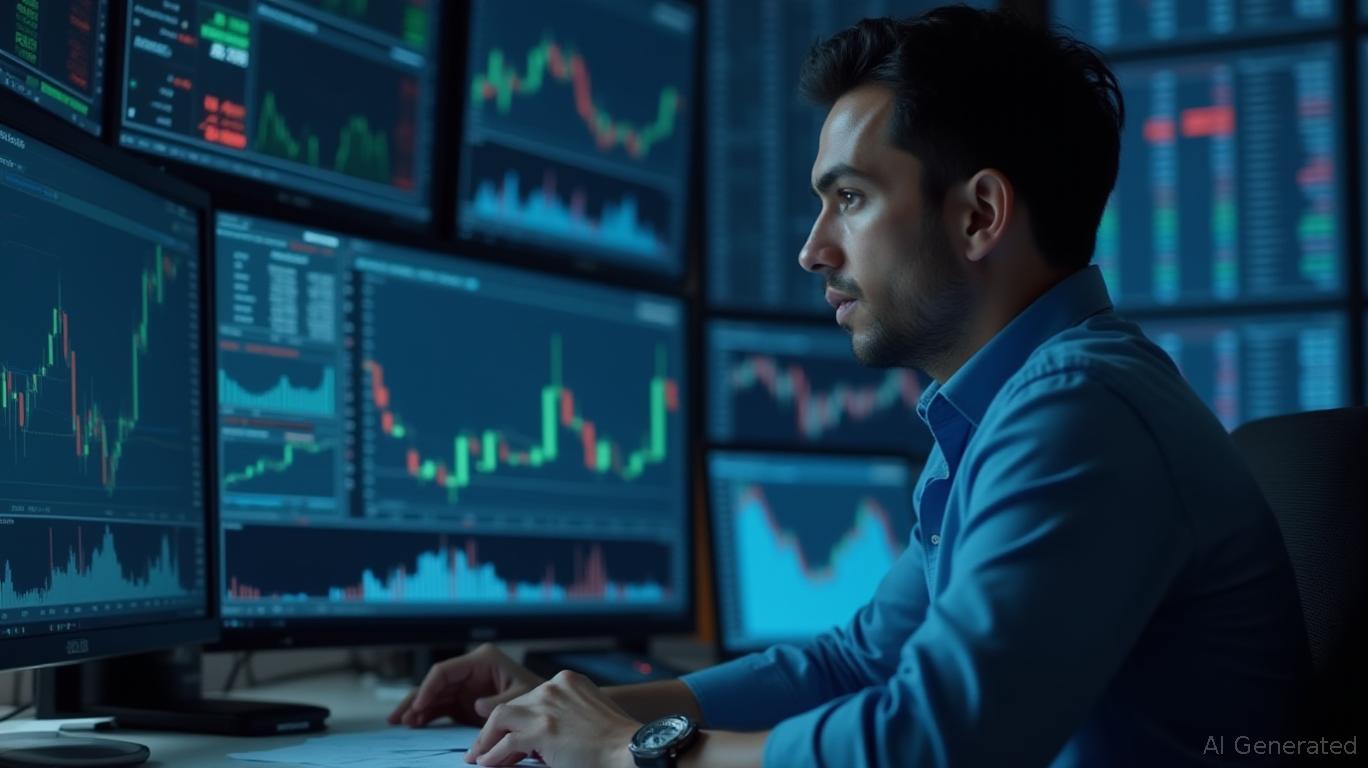Navigating the Tariff Two-Step: A Dance of Uncertainty and Adaptation in 2025
The "tariff two-step" is not merely a policy maneuver—it is an investment imperative. As U.S. trade policies lurch between abrupt impositions and sudden exemptions under the Trump administration, investors must master a rhythm of anticipation and adaptation. This strategy demands vigilance toward corporate agility, sector-specific vulnerabilities, and macroeconomic crosscurrents. Let us dissect how to navigate this volatile landscape.
The Corporate Tightrope: Guidance Gaps and Cost Contortions

Corporate America is performing a balancing act. Firms like Levi Strauss now exclude tariff impacts from earnings guidance, citing "unprecedented uncertainty." This shift reflects a broader trend: analysts’ aggregated S&P 500 earnings estimates may now be as reliable as a sandcastle in a storm. The result? Volatility spikes as markets oscillate between panic and temporary relief.
To adapt, investors must scrutinize how companies offset costs. Micron’s "tariff surcharge" model—akin to airline baggage fees—allows stealthy price hikes without alienating customers. Meanwhile, Broadcom’s $10 billion buyback highlights another tactic: liquidity preservation. But such moves carry risks.
Sector-Specific Shocks: Semiconductors, Supply Chains, and Survival

The semiconductor sector faces a double whammy: 125% tariffs on Chinese imports and the specter of new levies. Intel (INTC) and AMD (AMD) are under pressure to maintain margins while diversifying supply chains.
In consumer discretionary, Levi’s "surgical" pricing—a 5% hike on core products but not basics—shows how companies walk the line between profitability and demand retention. Airlines, however, face a steeper path: .
Macro Crosscurrents: Currencies, Fed Policy, and the Fed’s Tightrope

The U.S. dollar’s decline—recently dipping below 143 yen—reflects diminished safe-haven appeal as tariffs fuel uncertainty. Investors must monitor USD/CAD volatility, given Canada’s status as a potential tariff battleground. Meanwhile, Treasury yields have surged 50 basis points in months, tightening financial conditions.
The Fed’s role is pivotal. Markets now price in 80 basis points of easing by year-end, but Chair Powell’s comments on inflation and rate cuts will dictate whether this optimism holds. .
The Investor’s Playbook: Agility Meets Prudence
- Sector Rotation: Favor companies with diversified supply chains, like domestic industrials or tech firms with U.S.-based manufacturing.
- Volatility Trading: Exploit swings in tariff-sensitive sectors like industrials (), but hedge with currency hedges.
- Dividend-Quality Stocks: Prioritize firms with strong balance sheets—think healthcare or utilities—over those at risk of dividend cuts.
Policy Uncertainty: The Geopolitical Double Take

Trump’s "reciprocal tariff" threats, set to expand to all trading partners in April, introduce a new layer of chaos. The risk of a U.S.-Canada trade war—or even reduced NATO commitments—adds geopolitical friction. Investors must prepare for abrupt shifts, such as sudden exemptions for critical sectors or retaliatory measures.
Conclusion: Dancing in the Dark
The tariff two-step is a high-wire act for investors. Success hinges on three pillars:
1. Corporate Resilience: Firms like Micron and Levi’s that blend pricing power with supply chain agility will outperform.
2. Macro Signals: The Fed’s next move and currency trends will define liquidity conditions.
3. Preparedness: Portfolio diversification and hedging are non-negotiable.
The data is clear: sectors exposed to tariff volatility, like semiconductors, have underperformed the S&P 500 by 15% year-to-date. Yet those nimble enough to pivot—such as firms relocating production or leveraging surcharges—could turn uncertainty into opportunity.
In this dance of unpredictability, the only certainty is this: investors who stay light on their feet will lead the next economic waltz.

_b905d9341749265671656.jpg)








